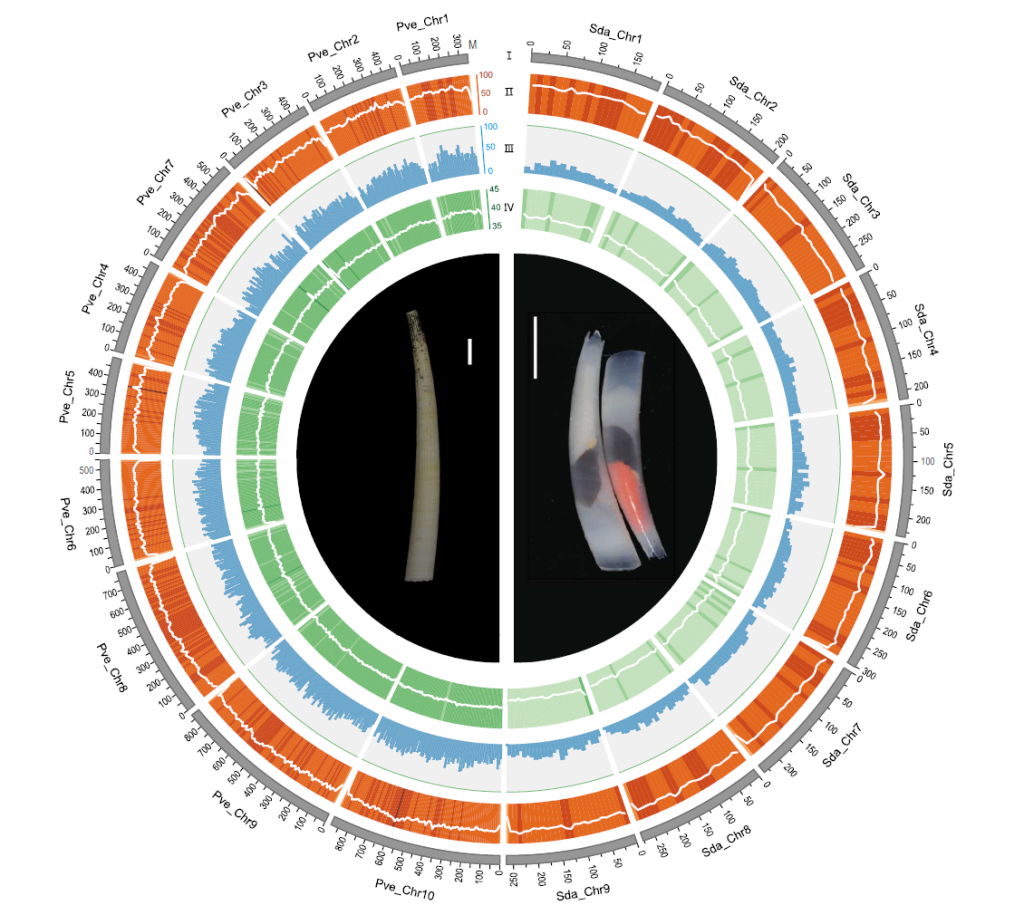The Cambrian Explosion was a dramatic event during which almost all major animal groups emerged simultaneously, making it a challenge to reconstruct the relationships between different branches of the animal tree of life. To better understand the early evolution of Mollusca, the second most diverse group of animals, a new study in Proceedings of the National Academy of Sciences co-authored by Dr. Kevin Kocot and PhD candidate Meghan Yap-Chiongco in Department of Biological Sciences and Alabama Museum of Natural History sequenced the first genomes of Scaphopoda or “tusk shells,” among the rarest and least-studied members of Mollusca but closely related to Gastropoda (e.g., snails and slugs) and Bivalvia (e.g., mussels and clams), the two most diverse and economically important groups of mollusks.
Genome-scale phylogenetic analyses spanning the diversity of Mollusca found evidence for Scaphopoda being the sister taxon of Bivalvia that split off about 520 million years ago. This finding supports a long-proposed hypothesis that groups Scaphopoda, Bivalvia, and an extinct group called Rostroconchia. The researchers’ analysis allowed them to reinterpret many important Early Cambrian fossils that show similarities to both bivalves and scaphopods as early offshoots of this lineage, thus helping to improve understanding of the early animal fossil record.
Analysis of the newly sequenced genomes showed that previous uncertainty regarding molluscan evolutionary relationships was likely due to a phenomenon called incomplete lineage sorting (ILS) that can occur during rapid speciation events and complicates the reconstruction of evolutionary relationships. Results of this work resolve long-standing questions about molluscan evolution and highlight ILS as a possible source of error in other studies addressing the rapid emergence of animals during the Cambrian Explosion.
